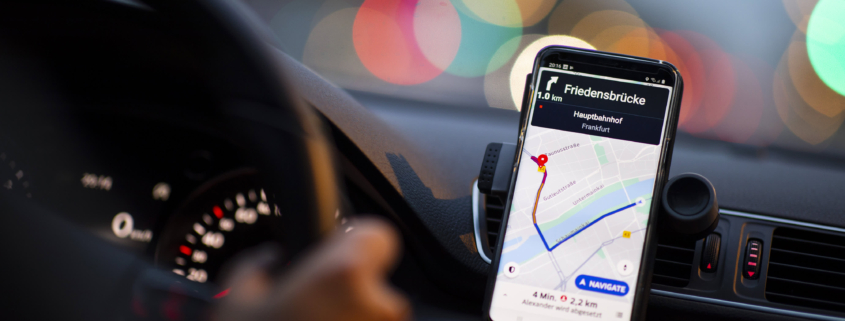Does Uber Insurance Cover Passengers?
Uber, the popular ride-hailing service, has revolutionized the way people commute in urban areas. With its convenience and ease of use, Uber has gained immense popularity worldwide. However, as with any mode of transportation, accidents can happen, and it’s essential to understand the insurance coverage provided by Uber. In this blog post, we’ll explore whether Uber’s insurance covers passengers and what you need to know to ensure your safety and peace of mind.
Understanding Uber’s Insurance Coverage: Uber provides insurance coverage for its drivers and passengers, but the coverage varies depending on the specific circumstances. To comprehend the level of insurance protection offered, it’s crucial to understand the three stages of an Uber trip:
- Offline: When the driver is offline or hasn’t accepted a ride request, their personal auto insurance is in effect. Uber’s insurance coverage doesn’t apply during this phase.
- En Route to Pickup: Once the driver accepts a ride request and is en route to pick up the passenger, Uber’s contingent liability coverage becomes active. This coverage includes third-party liability insurance, which protects against damages caused by the driver to another vehicle, property, or person.
- During the Trip: From the moment the passenger enters the vehicle until they exit, Uber’s commercial liability insurance is in effect. This coverage provides protection for both the driver and the passenger in case of an accident or injury during the trip.
Passenger Coverage under Uber’s Insurance: Uber’s commercial liability insurance is designed to cover bodily injury and property damage suffered by passengers while using the platform. If you’re injured as a passenger in an Uber vehicle, you can make a claim for medical expenses, lost wages, and other damages resulting from the accident.
Uber’s commercial liability insurance typically offers coverage up to $1 million per incident. This coverage can be used to compensate passengers for injuries caused by the driver’s negligence, such as accidents resulting from reckless driving, running red lights, or other similar situations.
It’s worth noting that Uber’s insurance coverage applies regardless of who is at fault for the accident. So, even if the driver of the Uber vehicle is responsible for the collision, passengers can still seek compensation through Uber’s insurance policy.
Additional Considerations: While Uber provides insurance coverage for passengers during a trip, it’s always wise to be proactive about your safety. Here are a few additional considerations:
- Buckle Up: Always wear your seatbelt while riding in an Uber vehicle, as it’s one of the simplest ways to reduce the risk of injury during an accident.
- Report Any Incidents: If you’re involved in an accident during an Uber ride, promptly report the incident to Uber through the app. They will guide you through the claims process and help ensure you receive the necessary support.
- Personal Insurance: Despite Uber’s insurance coverage, it’s advisable to have personal health insurance or personal injury protection (PIP) coverage. This additional coverage can provide extra financial protection in case of an accident.
Uber’s insurance coverage does include passengers, providing protection during the trip and covering medical expenses and other damages resulting from accidents. By understanding the stages of an Uber trip and being aware of the coverage provided, passengers can ride with confidence, knowing they have a safety net in place. Remember to prioritize your safety by wearing your seatbelt and promptly reporting any incidents to Uber. With the combination of Uber’s insurance coverage and personal precautions, passengers can enjoy a safer ride-sharing experience.







Leave a Reply
Want to join the discussion?Feel free to contribute!